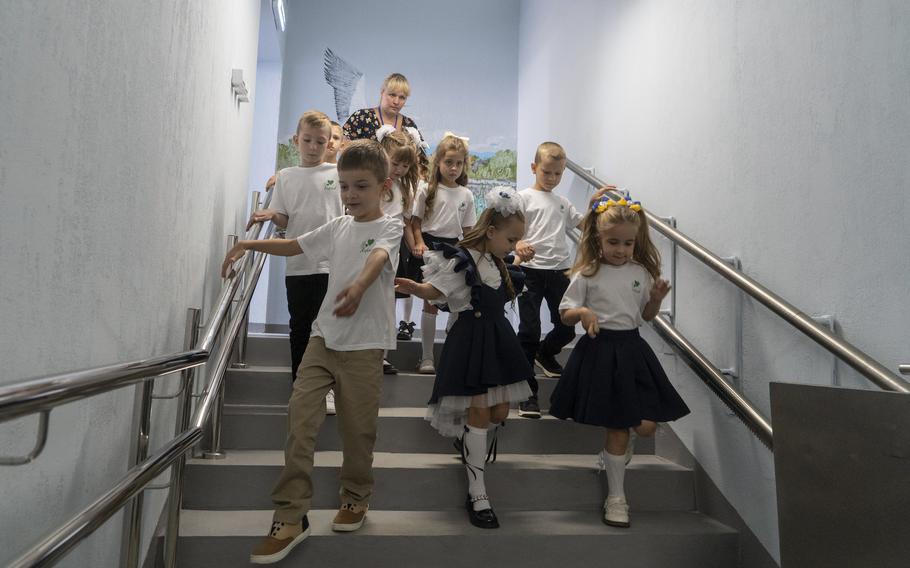Ukraine Children Attend School Underground Amid War
As the war in Ukraine continues, thousands of children in cities like Kharkiv have begun the new school year in underground classrooms to protect themselves from ongoing air raids and missile attacks.

On September 1, 2025, while children in much of the world walked to sunlit classrooms, approximately 17,000 children in Kharkiv, Ukraine’s second-largest city, descended into newly built underground schools to begin their academic year. This drastic measure was taken in response to the persistent threat of Russian missile and drone attacks that have made traditional schooling unsafe in frontline regions.
Life Underground: Adaptation and Resilience
The city of Kharkiv, situated close to the Russian border, has endured relentless bombardment since the escalation of the conflict. In a bid to ensure continuous education and safety, local authorities have converted subway stations and constructed deep underground shelters into makeshift schools. Seven such facilities are currently in operation, with plans to open more as the need grows. Some of these schools are located three stories below ground, equipped with modern classrooms and reinforced to withstand direct strikes.
For students and teachers, the new routine is a blend of normalcy and anxiety. Children, some as young as first graders, clutch hands for reassurance as they descend into the depths for their lessons. Despite the circumstances, classrooms are filled with art supplies and books, and teachers strive to create a semblance of regular school life. However, the ever-present threat of war is never far away. One parent, Anastasia Pocherzhina, whose daughter started first grade in one of Kharkiv’s deepest underground schools, expressed both relief at the safety measures and sorrow at the reality: “We did not expect our children to go to school this year, but as parents, I always want my children to go to school as usual.”
National Impact and the Future of Education
The crisis in Kharkiv is echoed in other regions of Ukraine, including Kyiv, Sumy, Zaporizhzhia, Kherson, Mykolaiv, and Chernihiv, where traditional school buildings are often too dangerous to use. The Ukrainian Ministry of Education and Science has announced plans to open up to 150 underground schools by the end of 2025, aiming to bring as many children as possible back to in-person learning. During the previous academic year, between 100,000 and 150,000 students transitioned from remote to in-person education thanks to these safe facilities, though the Ministry acknowledges that not all children can be accommodated offline.
The psychological impact on students is significant. Many children have witnessed the destruction of their schools, and some, like ninth-grader Alina from Mykhailo-Kotsiubynske, have resolved to rebuild their communities in the future. The loss of normalcy is palpable; while some children recount typical summer activities, others mention the interception of drones and the constant sound of air raid sirens as part of daily life.
Challenges and Hopes for the Future
Despite the resilience shown by students and educators, Ukraine’s education system faces enormous strain. Air raid sirens and attacks regularly interrupt lessons, with some students missing up to one in every five classes in the 2024–25 school year. The number of students enrolled in Ukrainian schools has dropped to its lowest in three decades. For many families, the underground schools represent both a lifeline and a painful reminder of the ongoing conflict. As one young student put it, her wish for the year was simple: “To go back to the classroom. It feels more like home.” The larger hope, echoed by many, is for the war to end and for normal life—and learning—to resume above ground.
Sources
-
Evrim Ağacı Seventeen Thousand Ukrainian Children Begin School...
-
The Japan Times Ukrainian children open school year by heading und...
-
United24 Media Back to School in the Shadow of War: Ukrainian Chi...
-
Los Angeles Times Ukraine's school year begins underground to avoid...
-
The Kyiv Independent Russian drones force Kyiv children to hide in metr...